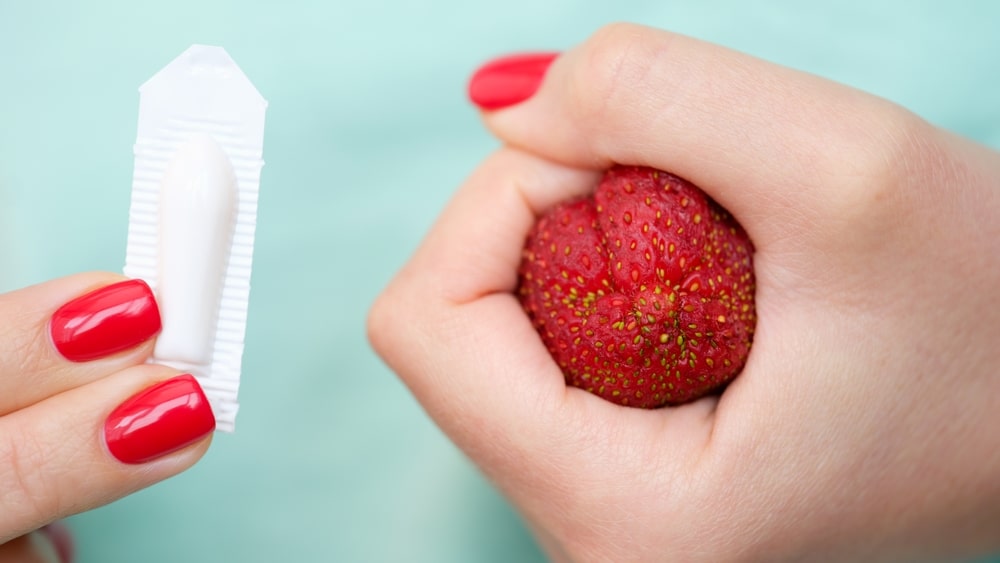Suppositories are solid dosage forms of medicament made for insertion into the body cavities. They may be Conical or ovoid medicated solids intended for insertion into several body cavities other than the mouth are known as Suppositories. This term was derived from the Latin word suppositus, meaning ‘‘to place under." They may be inserted in the rectum, vagina, and to a lesser extent, the urethra for local or systemic effects. Rectal and urethral suppositories usually employ vehicles that melt or soften at body temperature, whereas vaginal suppositories, sometimes called pessaries, are also made as compressed tablets that disintegrate in the body fluids and exert localized or systemic effects.
1. Rectal suppositories:
These are meant for insertion into the rectum to
produce a systemic effect. The rectal suppositories meant for adults usually
weigh 2 gm and are torpedo-shaped, whereas the suppositories made for children
are much smaller in size as compared to the adult suppositories. Children's
suppositories weigh about 1 gm.
The rectal suppositories that are used for systemic
effects may contain analgesics,
antispasmodic, tranquilizers, and sedative effects. Other than others
these are used for antiseptic action, local anesthetic action, lubricating, and
soothing purposes. The rectal
suppositories are used for evacuating the bowel by irritating the mucous
membrane of the rectum or by lubricating the membrane.
2. Vaginal suppositories:
The vaginal suppositories are also known as Pessaries.
They are meant for insertion into the vaginal cavities. They weigh about 3-5 gm
and are molded in globular or oviform shape or compressed on a tablet press
into conical shapes. The vaginal suppositories are larger than the rectal
suppositories. They are used for their local action in the vagina.
3. Urethral suppositories:
These are also called bougies and are of pencil
shape. The urethral suppositories are
meant for insertion into the urethra. The urethral suppositories intended for
males weigh 4 gm each and are 100-150 mm long and those for females are 2 gm
each and 60-75 mm in length.
4. Nasal suppositories:
The nasal suppositories are also called nasal bougies
or buginaria. The nasal suppositories are meant for introduction into the nasal
cavity. They are usually prepared with a glycerogelatin base. They have a similar
shape to that of the urethral bougies. They weigh about 1 gm and have a length
of 9-10 cm.
5. Ear cones:
Ear cones are used for insertion into the ear. They
are also known as Aurinaria. They are
used rarely. For the preparation of ear cones generally, theobroma oil is used
as base. They are prepared in urethral bougies mold and cut according to
size.
Advantages of Suppositories
1. Suppositories can exert a local effect on rectal
mucosa.
2. It is used to promote evacuation of the bowel.
3. It avoids any gastrointestinal irritation.
4. Suppositories can be used in unconscious patients
(e.g. during fitting).
5. Suppositories can be used for systemic absorption
of drugs and avoid first-pass metabolism.
6. Babies or old people who cannot swallow oral
medication.
7. It is useful for post-operative people who cannot
be administered oral medication.
8. A very suitable dosage form for people suffering
from severe nausea or vomiting.
Disadvantages of Suppositories
1. Suppositories have a problem of patient
acceptability.
2. In some cases, the total amount of the drug that must
be given will be either too irritating or in greater amounts than reasonably
can be placed into a suppository.
3. Incomplete absorption may be obtained because the suppository
usually promotes evacuation of the bowel.
4. Suppositories are not suitable for patients
suffering from diarrhea.
